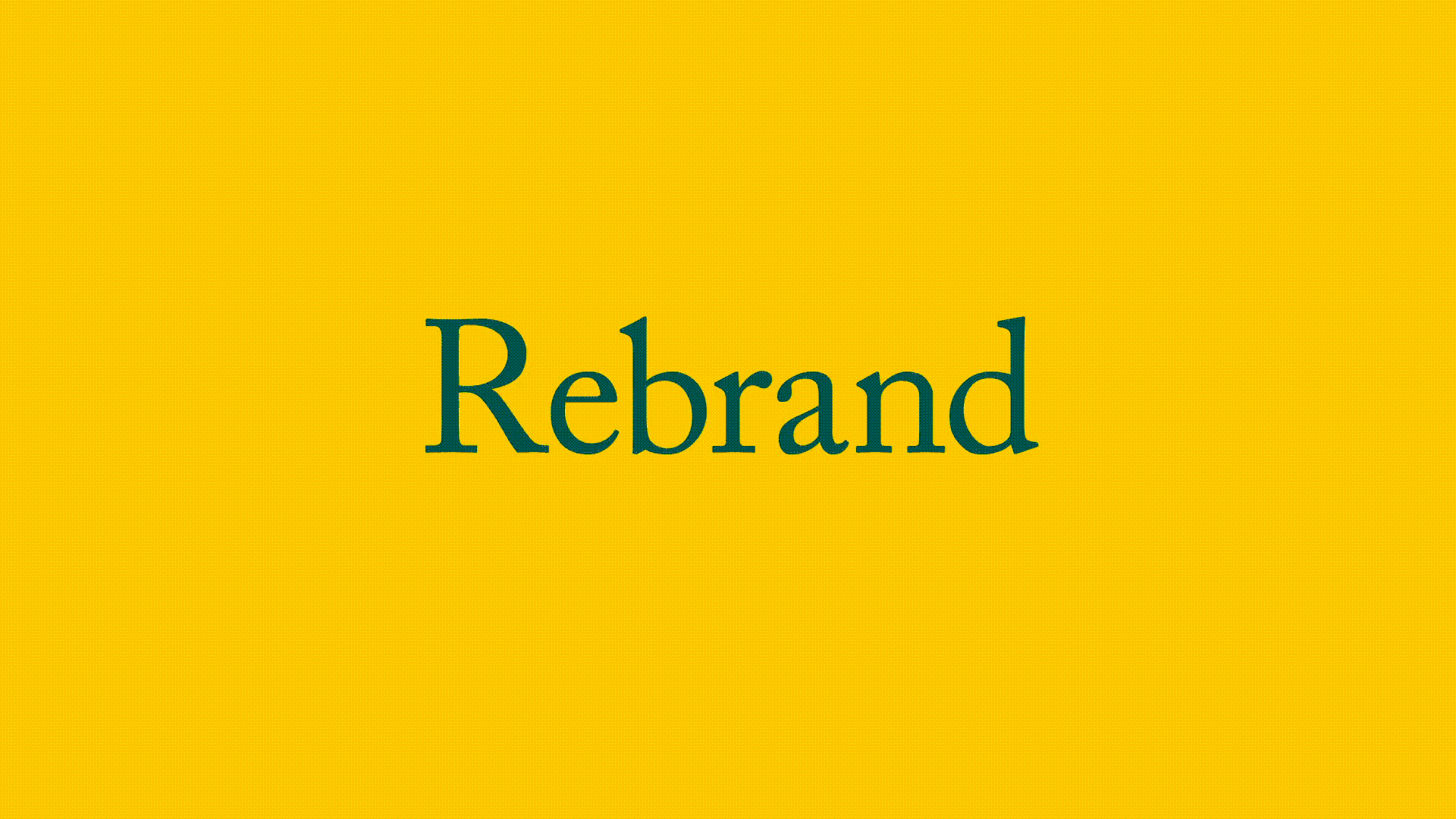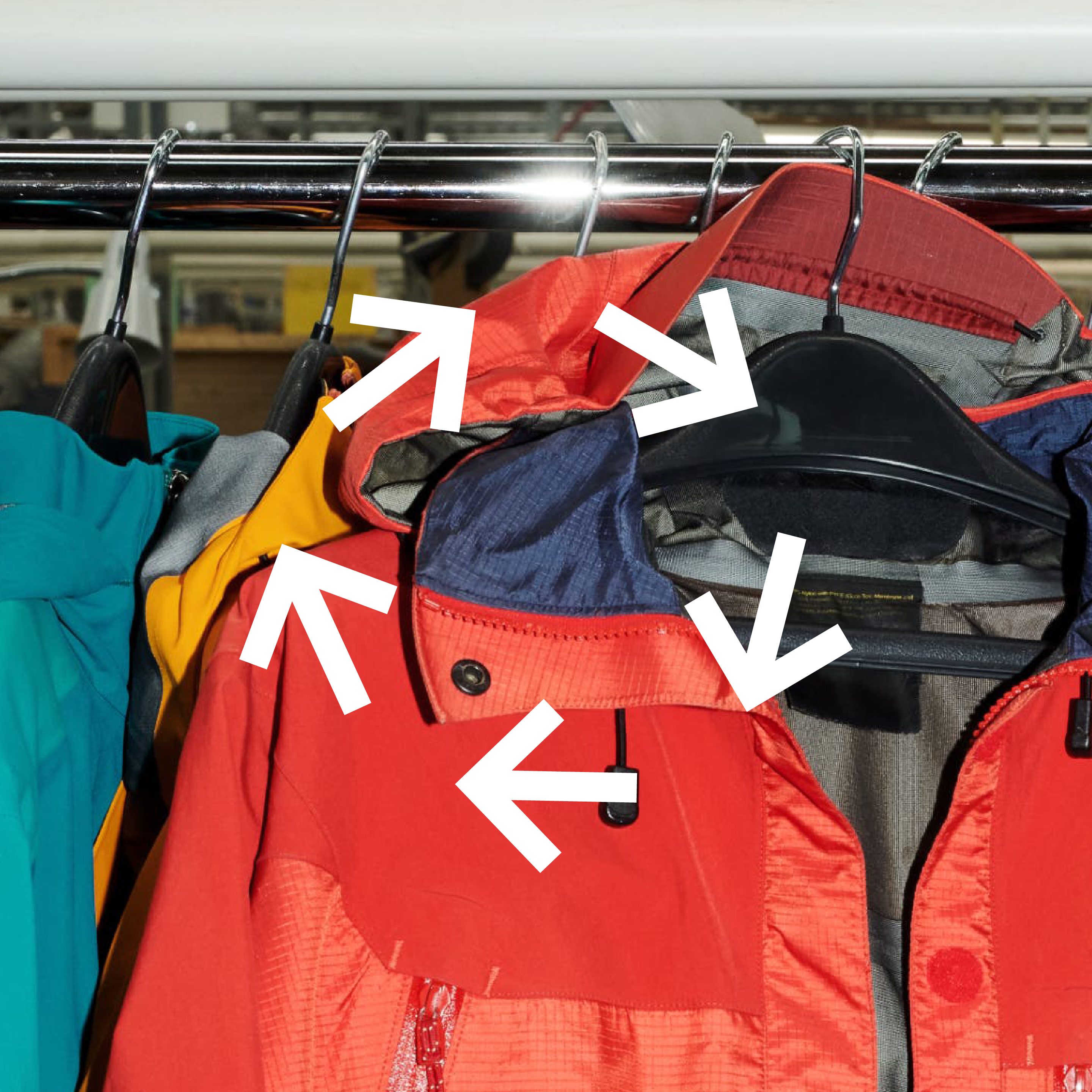Raise your hand if you recognize the name Burbn.
Now raise your hand if you recognize Instagram.
At one point, one of the world’s most popular social media platforms was nicknamed for its founder’s drink of choice. But as it evolved from a location-based check-in site to the photo-primary app that took the world by storm, the Burbn identity no longer fit Instagram’s mission.
The world is moving fast, and consumer needs change just as quickly. The product you launched with—or the values behind it—may have shifted in a big way, so this is an opportunity to critically examine what you stand for. There’s a reason we start every branding project by identifying your ‘why’ and turning it into a meaningful brand purpose—if you don’t stand for anything, your audience has nothing to connect with.
At some point you may realize that the branding you have now doesn’t align with the brand you want to be, or what you’ve really grown to stand for. Maybe your positioning lacks relevance in a post-COVID landscape and it’s time to advance your messaging. There could be an untapped demographic that your identity just isn’t speaking to. Or you could be about to make big changes in your offering. Either way, you might be thinking about a ‘rebrand.’
Just what is a rebrand?
Let’s dive into the word. The Oxford definition is pretty straightforward: to change the corporate image of a company or organization. In truth, the concept is more nuanced. When a client comes to us looking for a rebrand we know it’s time to do some strategic digging and find out what they really need—whether that’s truly a rebrand, a repositioning, or a simpler refresh.
But what’s the difference, and how do you decide which approach your brand needs? The devil is in the details on this one, so let’s break it down.
REBRAND: a holistic shift
Addressing cosmetic elements like logo and colour palette is only the tip of the rebranding iceberg. A full rebrand involves the whole nine yards: new positioning, new identity and maybe even a new name. Done properly, the process should always start by taking stock of your values and vision—then developing a visual identity that ties back to this ethos.
We saw it happen firsthand with ecologyst, née Sitka. This PNW outdoor team had always been vocal environmental advocates yet had to face the hard truth that they were contributing to some of the very issues they were protesting—so they made big changes. They went DTC, started making things locally with better quality materials, and introduced a repair program.
But you know the saying: you get what you pay for. Higher quality means a higher price point, and customers were starting to question why they were paying more for their clothes. ecologyst had to elevate their brand to meet the quality of their products—since they had changed so much about the way they did business, a rebrand was a necessary step in reintroducing themselves to the world.
Deciding to tackle a comprehensive rebrand means getting honest about who you are, what you stand for, and how you want to show up—and how all of those components come together to ring true for your customers.
REPOSITIONING: focusing on messaging
Making changes to your brand doesn’t have to mean reinventing the wheel. If you’ve established a presence in your market, starting from scratch with an entirely new visual identity can be confusing for your audience—and in the end, could do more harm than good.
In this case, fine-tuning your positioning can be miles more impactful. Think of this course of action as a brand repositioning—you’re not stepping away from your name, your logo or your product, but you need to dig in to find out what’s resonating and fix what isn’t.
At Monday, we pride ourselves on wearing your heart on our sleeve. That means finding what you’re already good at and where that overlaps with your customers’ values—and giving ownable language to it. Identifying that brand purpose and your unique spin on it not only fosters belief for your audience, it’s a rallying cry your entire team can get behind to help you stand apart.
As consumers we buy into brands with belief systems that align with our own, so clearly defining what you stand for is essential. Leaning into these truths to support your product gains credibility and consumer loyalty—top tier goals for any brand.
REFRESH: enhancing your image
When a brand already has a strong heritage, a trusted name and a clear purpose, refining elements of your existing visuals can sharpen the overall effect. We’d call that a brand refresh.
Breathing new life into your visual identity can be a subtle way to give consumers a mental nudge and keep your brand top of mind. Our pals at Rack Attack had a solid brand purpose and bold vision that didn’t need to change, but they were moving into new markets and wanted to invite consumers in with a more accessible first impression.
We kept things simple, keeping their existing colour palette, but evolving their wordmark and distilling their brand purpose into a tagline that inspires action: Rack Up. Head Out. Explore More. The result? A fresh take that ticks all the boxes.
And by no means do you have to choose one or the other—a brand refresh and repositioning can work on their own, but you can also customize your strategy by combining the two for a solution that’s still less intensive than a complete rebrand.
Keep your eye on the prize
A reset can be a game-changer for brands. It’s a chance to reevaluate your values or visuals, how your messaging shows up in the world and how you’re engaging your audience. And as we now know, that doesn’t always mean a full new identity—but it might mean revisiting your voice and holding loosely to some assumptions.
The key is strategy. A truly successful rebrand, repositioning, or refresh only happens after a thorough examination of your brand’s mission and your vision for the future. It determines what you’re trying to become, and where to strike out from there.
Monday is no stranger to shaking things up ourselves. We’ve refreshed our identity twice, and after five years in business we realized we needed to re-examine our key messages to see if they still accurately reflected our mission. And wouldn’t you know it? That meant rewriting one key message, replacing another entirely, and tweaking one of our pillars. We’re already seeing how this new-and-improved language connects with folks.
The beauty of any of these approaches is that they’re scalable. Establishing a strategy from the get-go means you don’t have to change too much, too soon—you get a roadmap of possibilities that you can build up as you go.
So if you’re feeling susceptible to the winds of change lately, it’s a good time to ask yourself: what does my brand need to succeed? Is it time to reevaluate everything and start from the ground up, or would a few adjustments make a world of difference?
Want to figure out the best way forward? Drop us a line. We have a few tricks up our sleeve to help steer you in the right direction.







